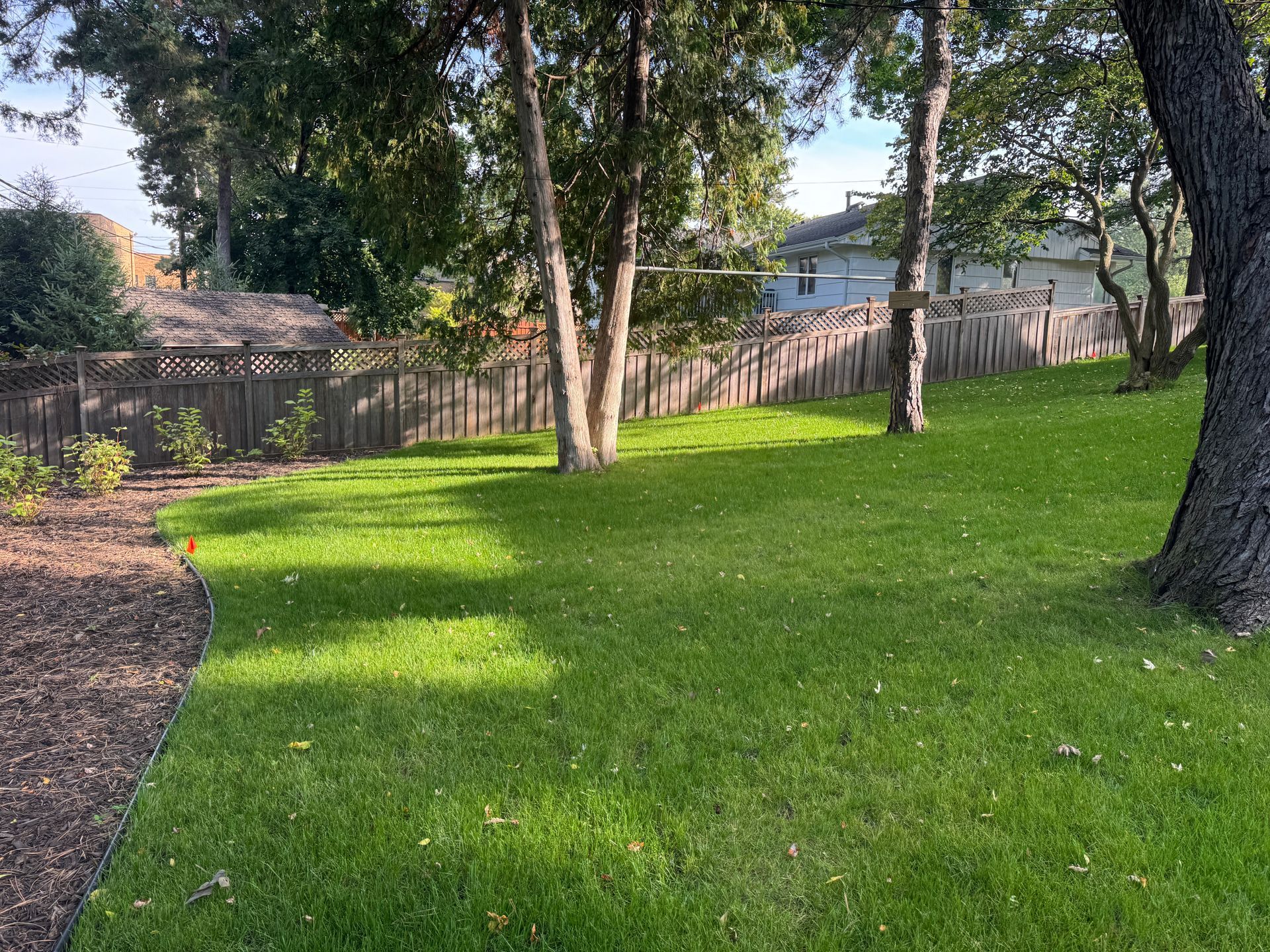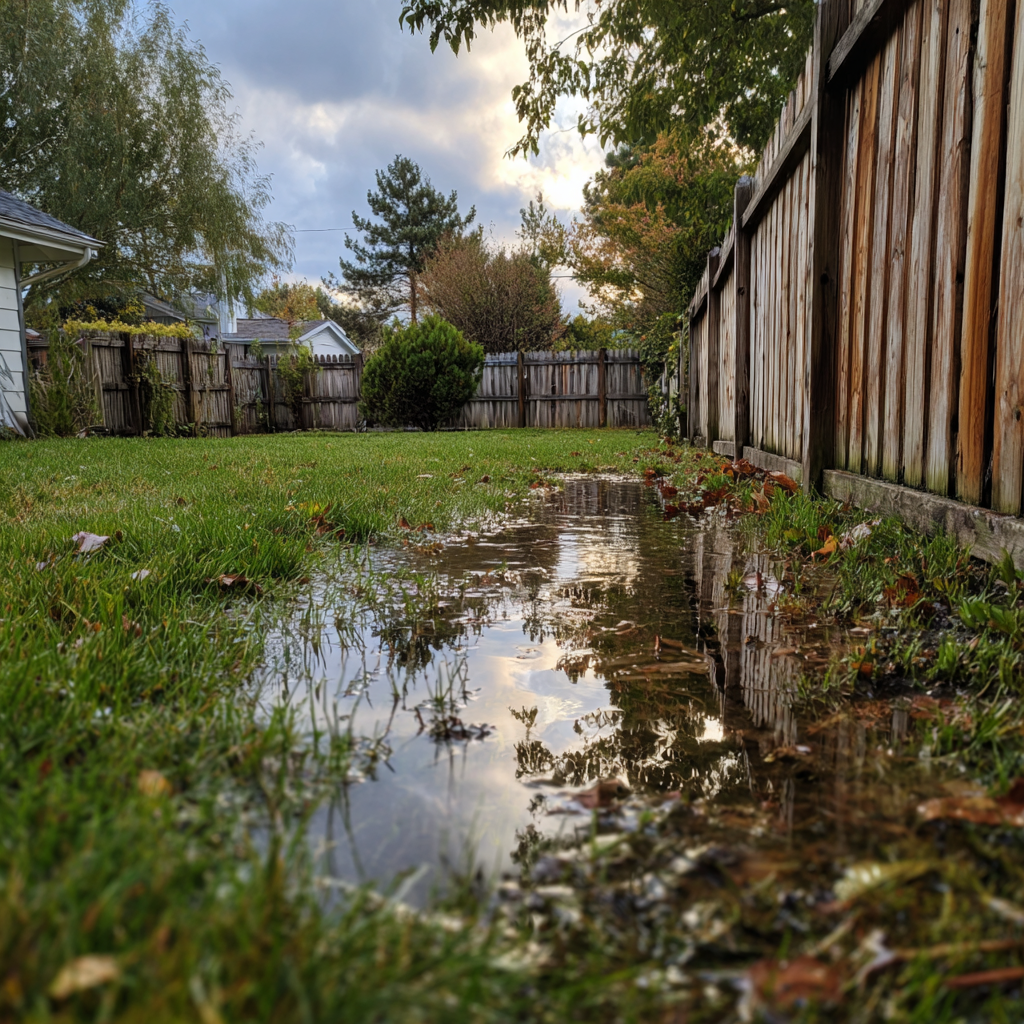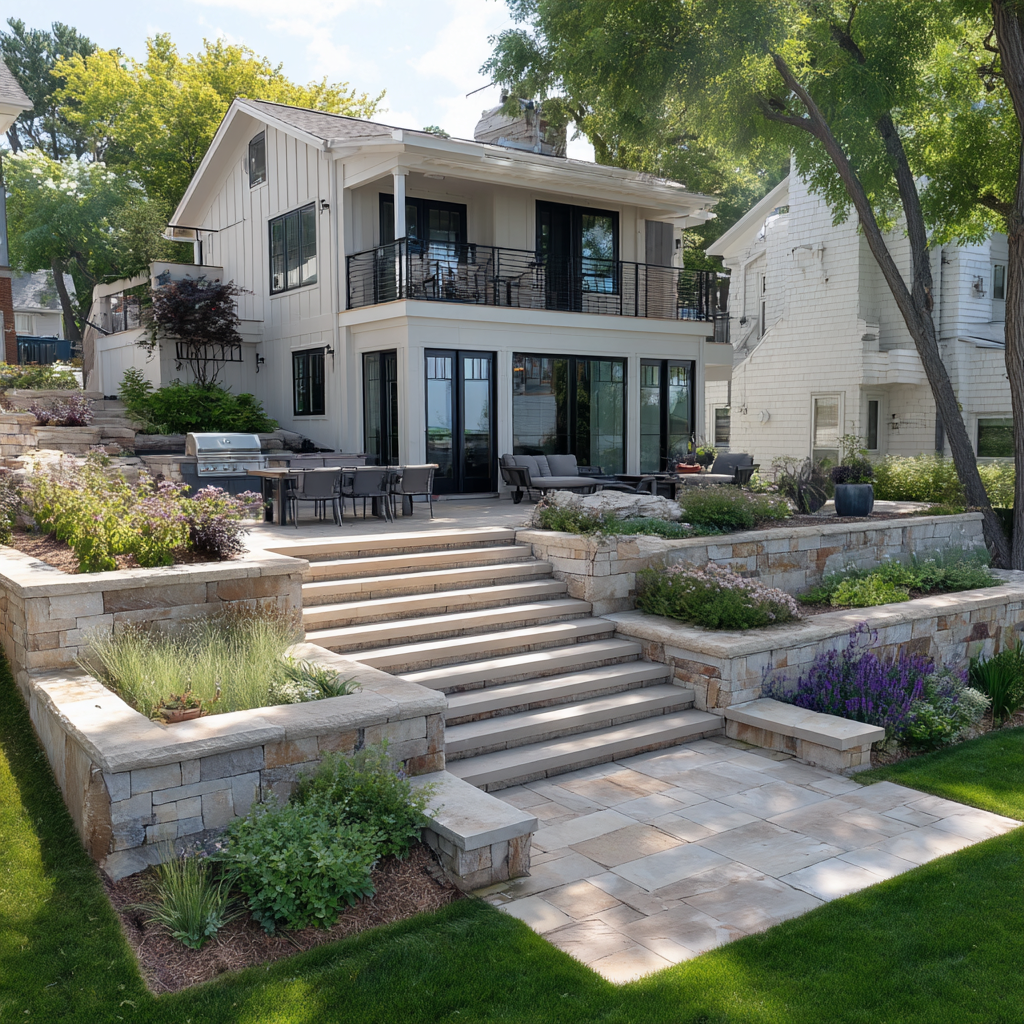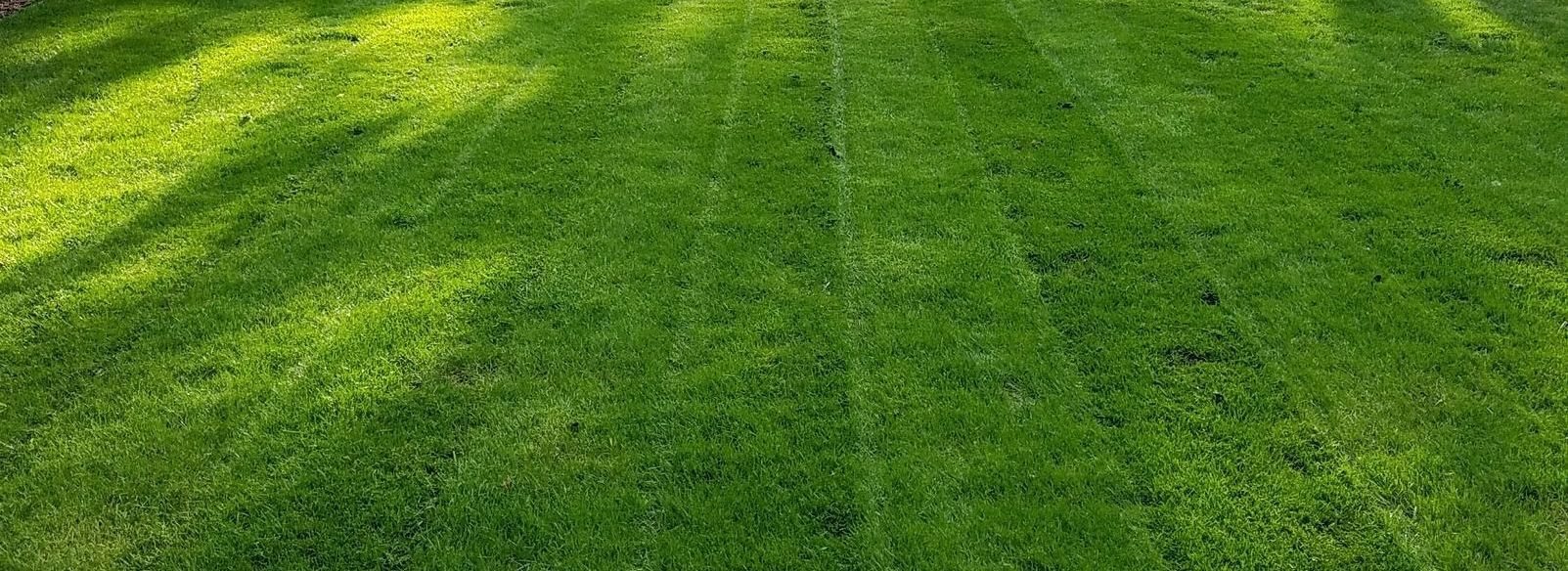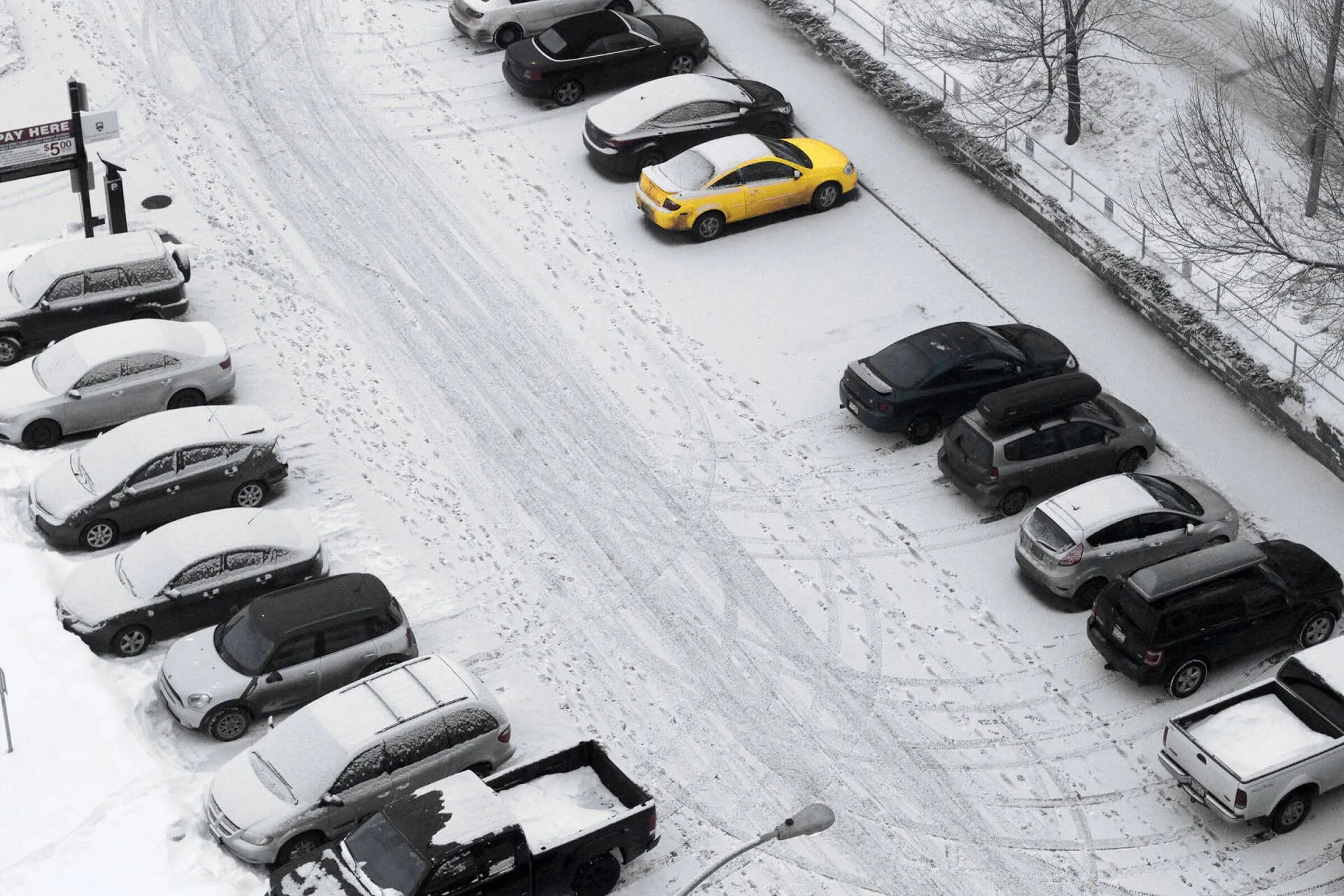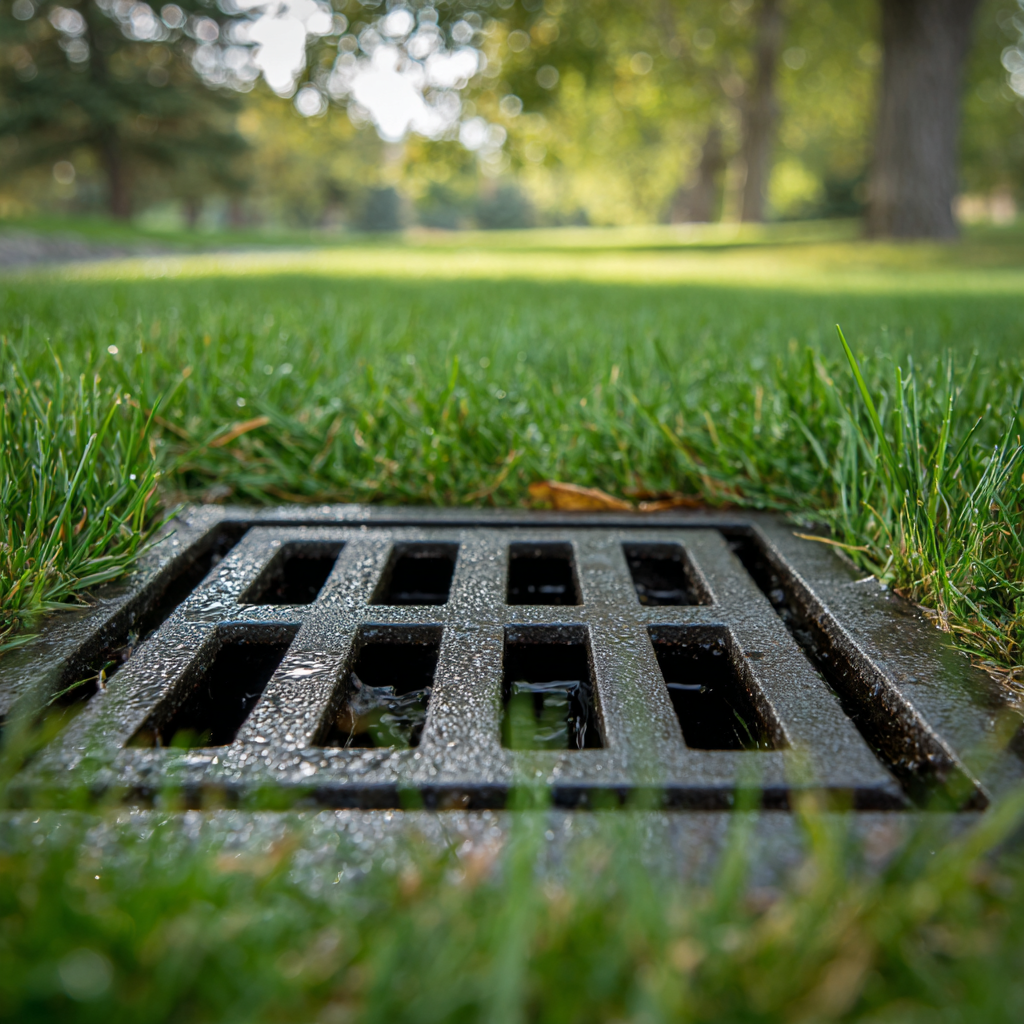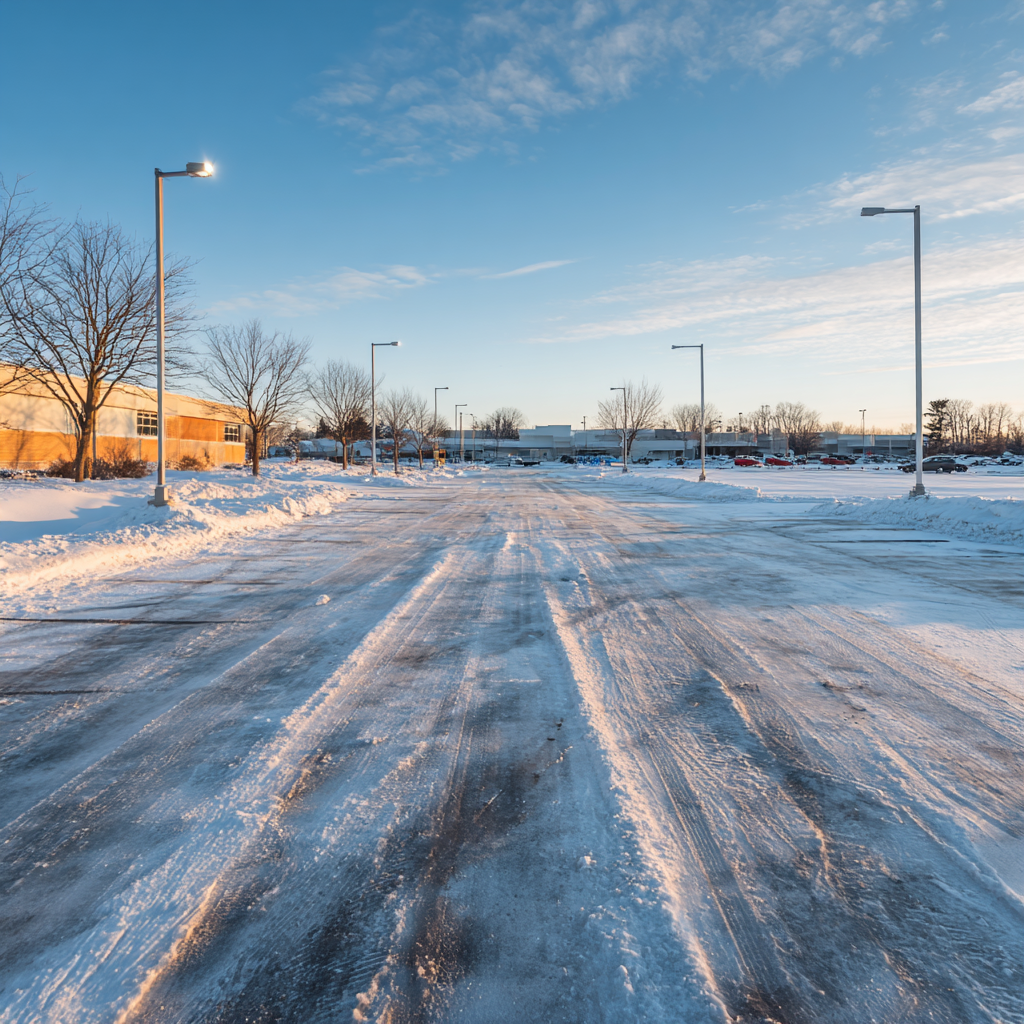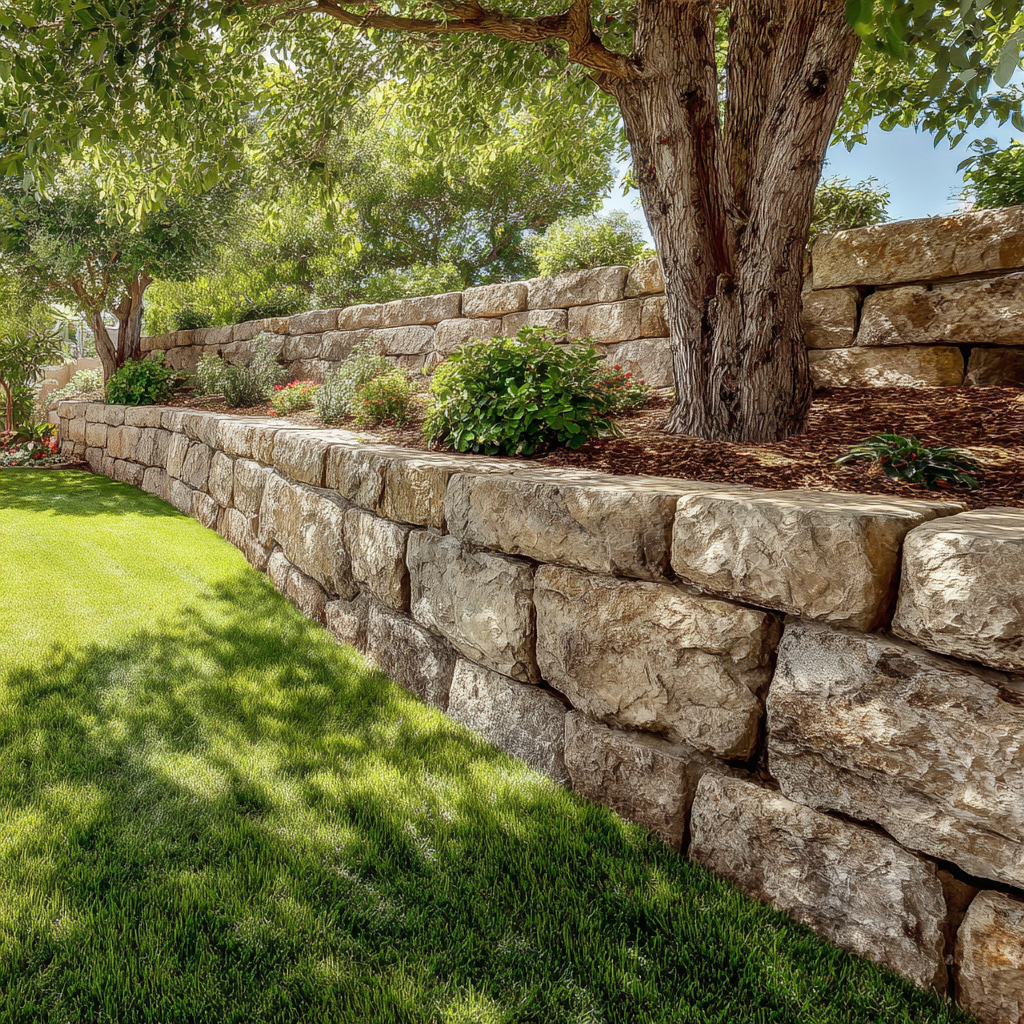When is The Best Time to Apply Crabgrass Preventer Weed Control in Minnesota?
What is Crabgrass and How to Kill It
Did you know that crabgrass plants are annuals and only survive for one season? Well it's true, here in MN crab grass starts growing from seed each spring and then it dies completely in October/November. So how does crabgrass keeping coming back then? Crabgrass seeds are dropped and spread each summer, then lay dormant over fall and winter, and then begin growing in the spring when soils temperatures warm up, becoming the next years batch of pesky crabgrass.
If your looking to hire a professional lawn care company to help you get rid weeds and grow a nice green lawn, follow this link KG Landscape Fertilizer and Weed Control for treatment package information a free quote
If your looking to hire a professional lawn care company to help you get rid weeds and grow a nice green lawn, follow this link KG Landscape Fertilizer and Weed Control for treatment package information a free quote
How Does Crabgrass Keeping Get into my Yard?
It's not just the seeds from crabgrass growing in your yard that are causing the problem, its actually seeds from crabgrass growing all over the place! Crab grass seed from your next door neighbors yard and even from a park 5 blocks away can easily make it all the way into your lawn.
This is because crabgrass seeds are so tiny that they are easily spread long distances by the wind. Also, each crabgrass plant can produce up to 150,000 seeds in a season. That’s a lot of seed being circulated on the landscape and into your yard.
This is because crabgrass seeds are so tiny that they are easily spread long distances by the wind. Also, each crabgrass plant can produce up to 150,000 seeds in a season. That’s a lot of seed being circulated on the landscape and into your yard.
How to Prevent Crabgrass from Taking Over Your Lawn
This constant spreading of seed is the reason we need to treat our lawns with every year, to prevent crab grass from taking over. The best way to kill crab grass is actually to prevent it from growing in the first place. To accomplish this, we apply crabgrass pre-emergent herbicide each spring to prevent crabgrass seeds from germinating (starting to grow)
Because of this annual life cycle, getting rid of crabgrass in your lawn is more about preventing crabgrass from growing in your lawn next season, than it is about killing existing crabgrass. This is why crabgrass pre-emergent crab crabgrass preventer treatments are the most popular method for crabgrass control in MN.
Because of this annual life cycle, getting rid of crabgrass in your lawn is more about preventing crabgrass from growing in your lawn next season, than it is about killing existing crabgrass. This is why crabgrass pre-emergent crab crabgrass preventer treatments are the most popular method for crabgrass control in MN.

How to Properly Time Your Crabgrass Control Treatment in MN
Crabgrass pre-emergent needs to be applied before the crabgrass seeds germinate (begin to grow) each spring. For this reason, putting down crabgrass prevention herbicide at just the right time, is extremely important to achieve the best results. If you apply too late, the crabgrass may have already started growing and if you apply to early, the herbicide won't be strong (concentrated) enough to prevent seeds from growing later in spring when temps warm up.Many people in Minnesota think that they need to apply crabgrass preventer extremely early spring, asap soon after the snow melts. However, you have a little more time than most people think to get your treatment down in the spring.
When Does Crabgrass Start Growing in MN?
Crabgrass is a warm season grass that thrives in hot weather. Crabgrass seeds will not start germinating until soil temperatures reach a minimum of 55° degrees Fahrenheit and stay at least that warm for 4-5 days consecutively, including overnights.
Even after crabgrass seed germinates, it take some time for the weedy grass to mature and fill in before being easily noticeable. In MN, most people won't notice crabgrass growing in their yards until late into June or sometime in July.
That's when the crabgrass growth takes off, noticeably outcompeting our Kentucky bluegrass in hot and dry growing conditions of our MN summers.
When to Apply Crabgrass Preventer in Minneapolis & St. Paul
For most people it's not practical to take soil temperature readings in your lawn to determine the best day to apply your crabgrass preventer.However, if you are inclined know the actual soil temp in your lawn, an easy way to do this is to stick a common meat thermometer used for cooking, into the soil a couple inches to check, but don't forget to wash it afterwards!
You'll want to apply your crabgrass preventer treatments when soil temps reach the low to mid 50s here in MN. Although each year is different, this typically occurs sometime later in May in the Minneapolis and St. Paul metro in MN.
For best results,
crabgrass pre emergent should typically be applied early to mid May in The Twin Cities Metro
Good Rule of Thumb-Apply Your Crabgrass Preventer When the Lilacs Bloom
To save you some time measuring soil temps, here's a great tip that indicates when its time to get your crabgrass control treatment down. In general, lilacs will bloom when soil temps are just about warm enough for crabgrass to start growing.As long as you get your crab grass pre-emergent down while the lilacs blooming, you should be in good shape!

Is it Too Late to Apply a Crabgrass Prevention Treatment this Year?
Depending on when you’re reading this, it may already be too late to apply a preemergent weed control this spring. However, keep in mind that we are talking about the actual soil temperatures for the 55° degree mark, and not the warmer air temps.
So there is no need to panic on the first 60°-degree day, since the ground/soil takes time to warm up each spring. So even when daytime air temperatures reach 55° plus degrees, that does not necessarily mean the soil has warmed up enough for crabgrass seed to germinate. You won't typically start to visually see any grass in your lawn until sometime in June most likely.
Our Crabgrass Preventer Application Also Kills Young Newley Emerged Crabgrass
The crabgrass preemergent herbicide that we most commonly use, called
dithiopyr
, also has post-emergent weed control capabilities. This means that our crabgrass prevention treatment will kill small crabgrass seedlings that have already emerged, up to roughly 3-4 weeks old at the 2-3 tiller growth stage.
So even if you think you’re a little too late for your spring crabgrass preventer treatment, dithiopyr can still be very effective at killing and preventing further crabgrass germination if applied within the first few weeks of crabgrass starting to grow in your yard.
So even if you think you’re a little too late for your spring crabgrass preventer treatment, dithiopyr can still be very effective at killing and preventing further crabgrass germination if applied within the first few weeks of crabgrass starting to grow in your yard.
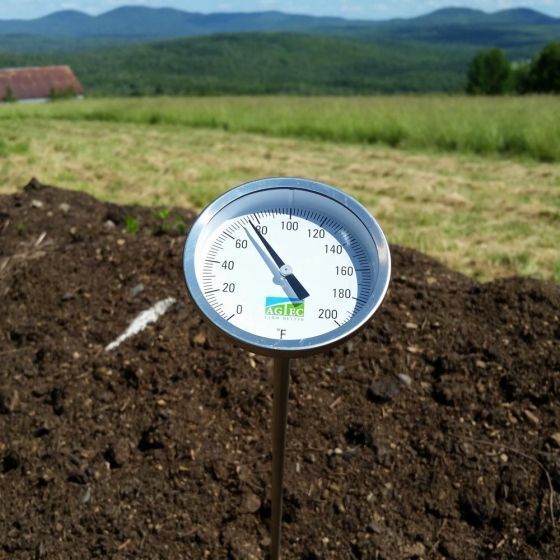

How to Kill Crabgrass After it Starts Growing in Your Yard
Post Emergent Crabgrass Killer for MN Lawns
If it's too late in the season to apply crabgrass preventer, there are still very effective post-emergent treatment options available to kill existing crabgrass. At KG Landscape, we use the post emergent weed killed called
Quinclorac
to kill crabgrass that's already growing in a lawn. These post emergent treatments can be applied anytime during growing season assuming the application label instructions are followed properly.
However, we do not recommend relying on post emergent treatment for crabgrass control in MN. There is additional work and lawn repair costs associated with waiting for post emergent treatment of crabgrass, as apposed to preventively treating for it each spring.
1) The post emergent herbicide is more expensive than the preemergent treatment.
2) Crabgrass can choke out and kill the desirable lawn grasses in your yard where infestations are thick, leaving dead spots and thin areas in the fall that will need repair to recover.
If needed, we do these repairs via
aerating and overseeding
most commonly, which of course adds expense when compared to preventing crabgrass issues before they cause lawn damage.
The post When to Apply Crabgrass Pre-Emergent in Minnesota
appeared first on KG Landscape Management.

